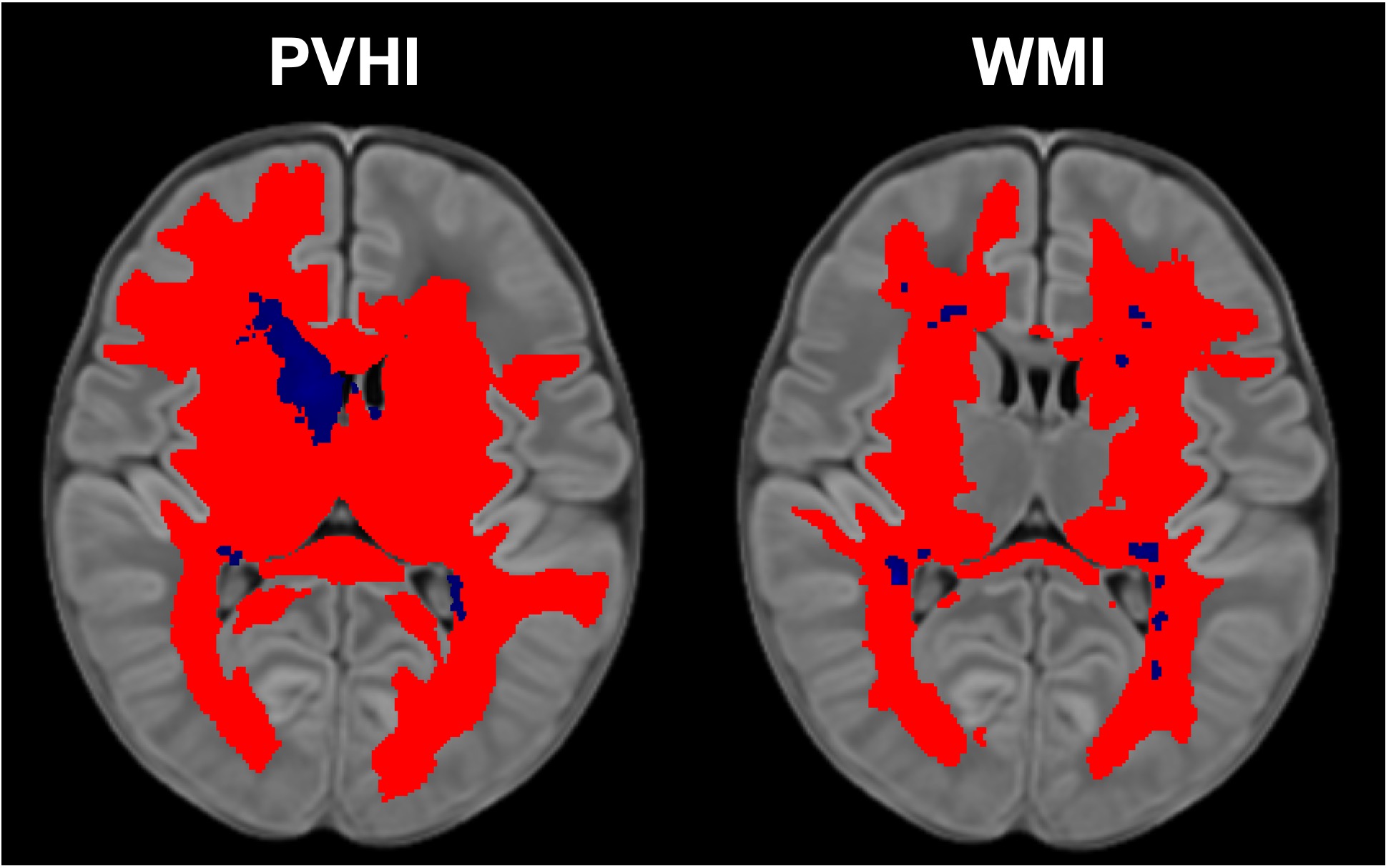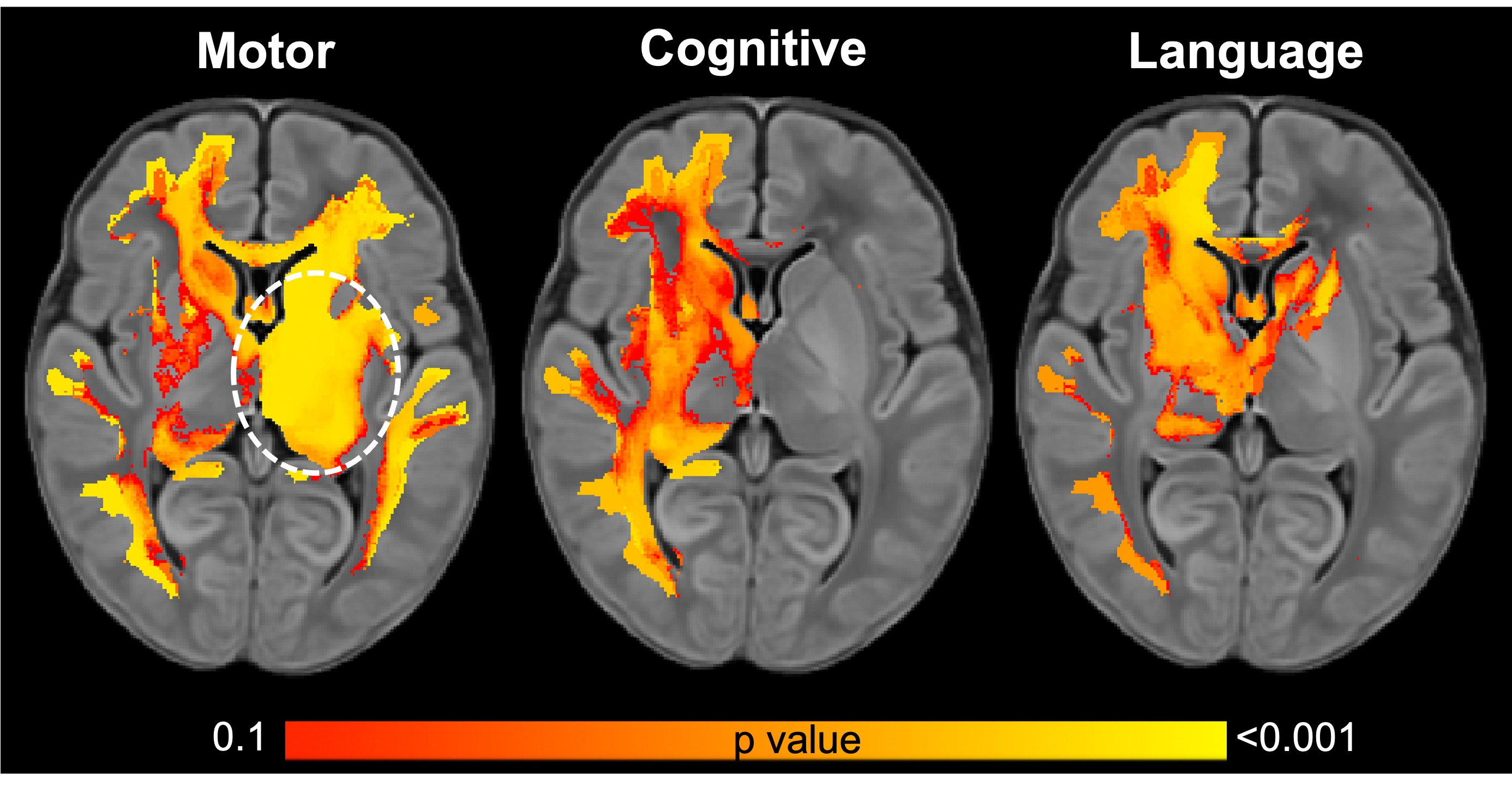Neonatology
Session: Neonatal Neurology 4: Clinical
533 - Brain injury, the disconnectome, and neurodevelopmental outcomes in preterm infants
Saturday, May 4, 2024
3:30 PM - 6:00 PM ET
Poster Number: 533
Publication Number: 533.1652
Publication Number: 533.1652

Thiviya Selvanathan, MD PhD (she/her/hers)
Assistant Professor
University of British Columbia
Vancouver, British Columbia, Canada
Presenting Author(s)
Background: Preterm infants are at risk for multiple types of brain injury, although there is considerable variability in neurodevelopmental outcomes.
Objective: In this study, we investigated the impact of preterm brain injury on the structural connectome and assessed relationships between the location of white matter disconnections and 18-month neurodevelopmental outcomes.
Design/Methods: A prospective cohort of very preterm infants underwent an early-life brain MRI to identify white matter injury (WMI) and periventricular hemorrhagic infarction (PVHI). 18-month neurodevelopmental outcomes were assessed with Bayley Scales, Third Edition. Adverse outcomes were defined as a composite score < 85. 59 infants with WMI and/or PVHI had 18-month neurodevelopmental outcomes. Maps of white matter disconnections (disconnectomes) for each patient were developed using manual segmentations of WMI and PVHI as seeds for tractography and healthy control neonatal diffusion MRI data from neonates in the developing Human Connectome Project. Thus, the patient disconnectome demonstrated the white matter tracts passing through the lesion. These were averaged to look at group-level differences in the disconnectome between infants with WMI and PVHI. Voxel-wise disconnectome-symptoms maps were developed to examine associations between white matter disconnections and neurodevelopment.
Results: White matter disconnections extended beyond areas of injury; disconnections were extensive, even with small lesions seen in WMI (Fig 1). Anterior WMI was associated with more extensive disconnections, including involvement of the posterior limb of the internal capsule, when compared to posterior WMI (Fig 2). Disconnections of white matter tracts passing through the basal ganglia and thalamus were most strongly associated with adverse motor outcomes, which persisted even after correcting for multiple comparisons (Fig 3).
Conclusion(s): The extensive white matter disconnections in WMI may explain why these small lesions have a large impact of neurodevelopmental outcomes. The greater extent of disconnections in anterior WMI may explain poorer neurodevelopmental outcomes with anterior compared to posterior WMI. We also observed that disconnections involving motor tracts passing through the basal ganglia were associated with adverse motor outcomes. These data highlight the need to consider lesion location relative to white matter tracts in predicting neurodevelopmental outcomes of infants with brain injury.
Funding: CIHR

.jpg)

